HSA = Wealth Building Benefit
What is an HSA?
A health savings account (HSA) is a tax-advantaged account that can be paired with a high-deductible health plan.
Why Use an HSA?
An HSA has greater tax advantages, and therefore greater savings potential, than other types of savings accounts.
How Do I Use an HSA?
You can treat an HSA as a long-term investment account, an account for paying medical expenses, or both.
If you have access to an HSA, you can invest in it to significantly increase your potential wealth. That’s because contributions, earnings, and even withdrawals can be tax-exempt if certain requirements are met. For 2021, you can contribute up to $3,600 as an individual, or $7,200 per family; if you’re 55 or older, you can contribute an additional $1,000 per eligible participant. To access HSA funds without tax or IRS penalty, it’s essential that you keep your receipts for qualified medical expenses. After age 65, you have the flexibility to use HSA funds for anything, although taxes may apply.


Which to Fund First?
Smart account prioritization can maximize long-term tax-adjusted growth.
- Employer plan with matching contributions
- Health Savings Account
- Additional tax-advantage accounts (Roth or traditional IRAs, not employer matched, 529 savings plans, etc.)
- Taxable accounts
We’re Here to Help!
Call 1-83Emerj360 or schedule a consultation with us to learn about advantages of a HSA in your overall plan.

